Top 10 eCommerce KPIs and How To Measure Them
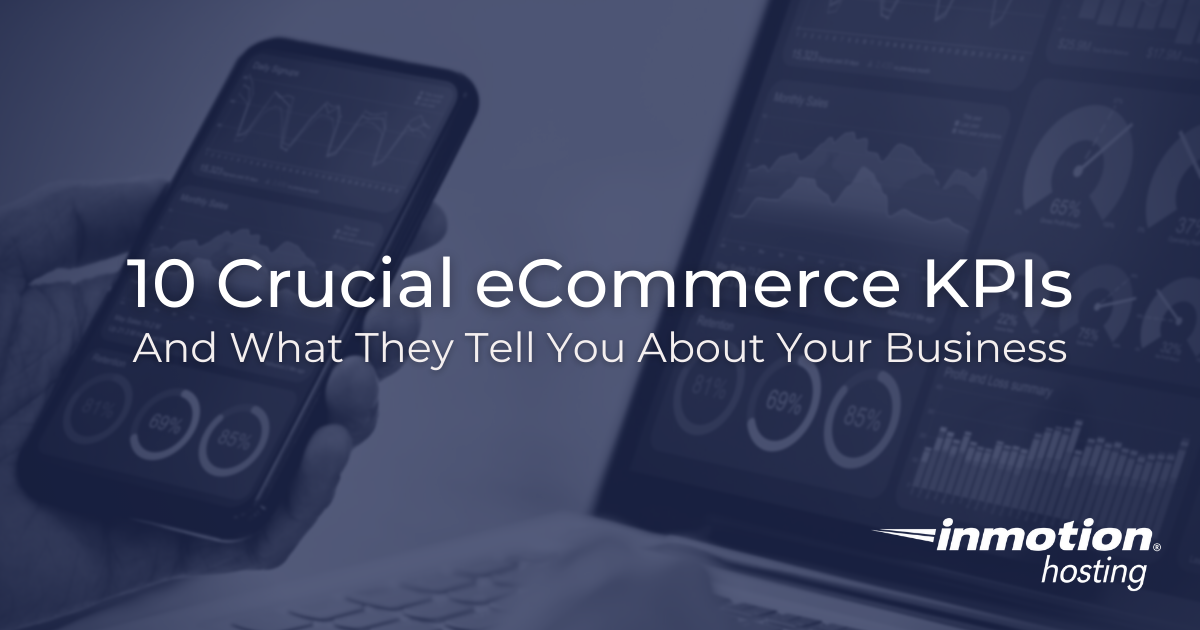
KPIs (Key Performance Indicators) are crucial for monitoring your business’ progress and achieving your goals; eCommerce KPIs can tell you a lot about how your business is performing and what you need to do to improve things.
Most KPIs are tracked via data tied to specific metrics, and there are many ways to collect metrics. For example, if you use an enterprise resource planning (ERP) software, you can use it to capture data on everything from transactions to logistics, and use that data to monitor and analyze performance.
Similarly, email marketing software and social media trackers can feed you a constant stream of metrical analytics relating to marketing, engagement, and more.
Improve the performance and security of your store with specialized eCommerce Hosting. Get faster speeds for your online store with NVMe storage, server protection, dedicated resources, and optimization tools.
99.99% Uptime
Free SSL
Dedicated IP Address
Managed Server
eCommerce Hosting
So, let’s take a look at ten crucial eCommerce KPIs, the metrics that feed them, and what they can tell you about your business.
1. Revenue and Sales KPIs
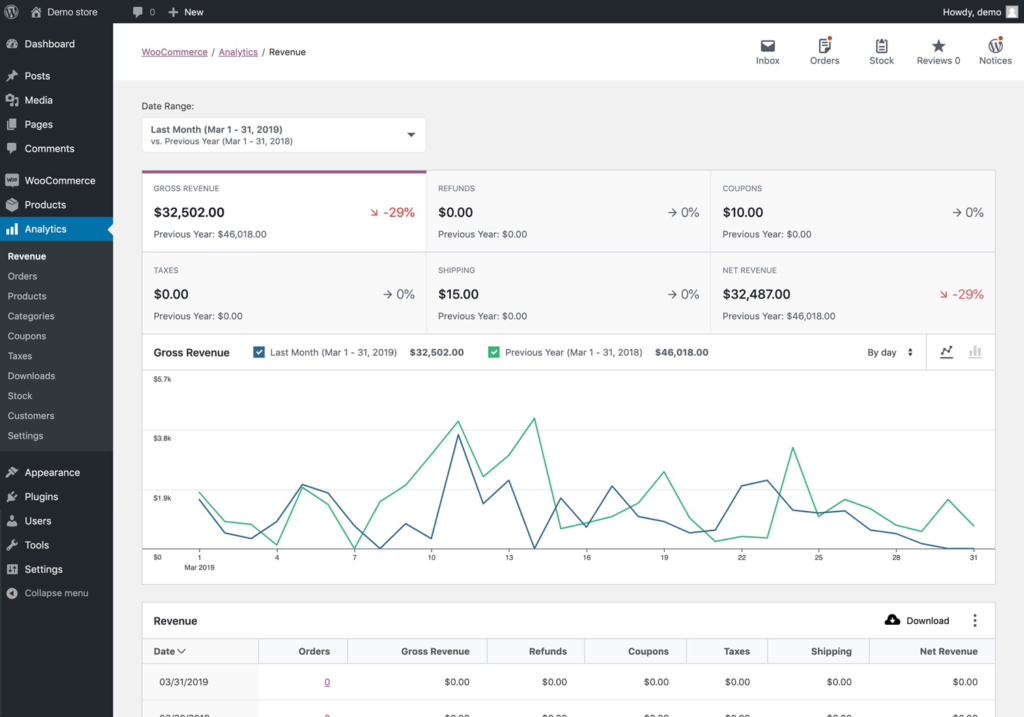
Revenue and sales KPIs tell you how much profit your business is making, which products are making the most money for you, and when. To get an accurate and overall view of your revenue it’s a good idea to track and gather data from things such as your billing software and combine it with data from your retail analytics software.
Here are some important revenue and sales KPI metrics:
- Average Order Value (AOV): AOV is useful for things such as establishing how much to charge for shipping. For example, a higher AOV means you can probably afford to offer discounted or free shipping, while a lower one means you may need to charge a bit more.
- Conversion Rate (CR): This defines the rate at which people are performing a desired action (in this case, purchasing). CR will show you how many times you had the chance to achieve a goal vs the number of times it was actually met.
2. Customer Acquisition and Retention KPIs
These KPIs can tell you a lot about how your customers feel about your brand. For example, a lack of customer retention could indicate that your product needs troubleshooting or your brand should take measures to improve customer loyalty.
Below are some metrics to monitor for your acquisition and retention KPIs:
- Customer Lifetime Value (CLV): CLV is important for measuring loyalty and knowing where to focus your retention efforts.
- Customer Acquisition Cost (CAC): Your CAC tells you how much, on average, it costs to acquire a new customer. It’s useful for working out whether or not you should put more money into things like lead gathering.
- Churn Rate: By tracking this, you’ll get a good idea of the pace at which customers are ditching your brand, canceling subscriptions, leaving your service etc.
3. Website Performance and User Engagement KPIs
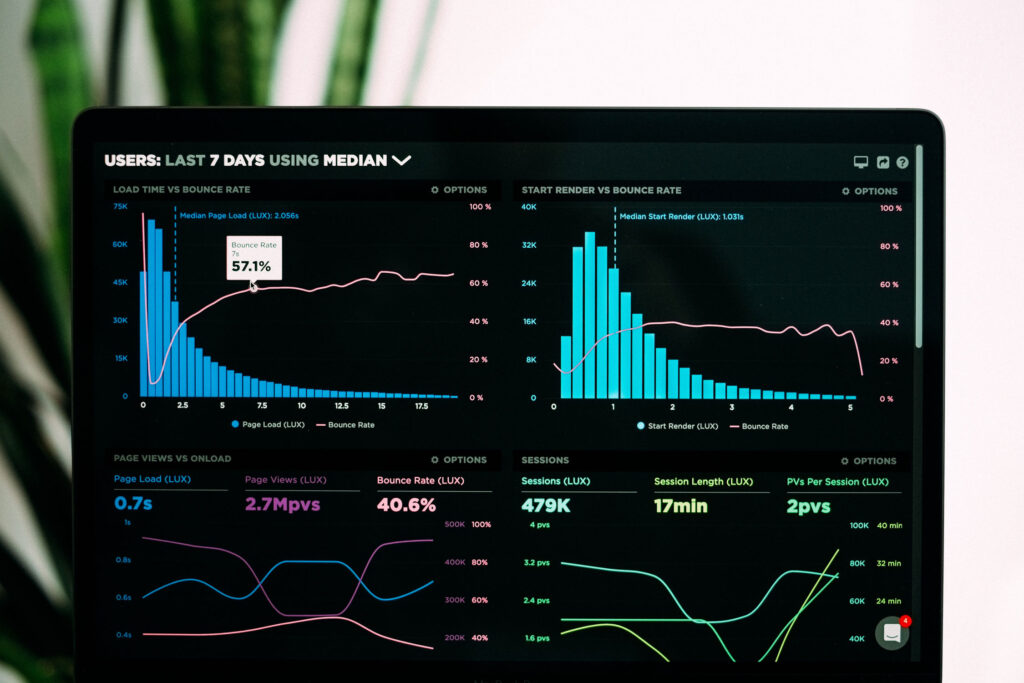
Your ecommerce website is your shopfront. To find out whether your eCommerce store is engaging and getting conversions, here are some metrics to keep an eye on:
- Website Traffic: This refers to the number of people who visit your ecommerce store within a given amount of time. It’s a very useful metric to follow when tracking website performance KPIs, as high web traffic usually leads to better conversion rates.
- Pageviews per Session: A high number of pageviews can indicate a clunky purchase process. People like to be able to convert with as few clicks as possible. So, make sure to relate your pageviews per session metrics to your customer journey.
- Bounce Rates: Bounce rates show how often and how quickly people ‘bounce’ out of your site. A high bounce rate could indicate performance problems with your website (glitches, for example). It could also mean that you need to reconsider your web content or format.
4. Inventory and Fulfillment KPIs

Whether you’re dropshipping or operating your own warehouse, measuring inventory and fulfillment metrics will tell you how efficient your stock system is and how well your order and delivery processes are working.
This is where tools like an ERP in retail system can be really useful as it can be used to manage you inventory, warehouse and suppliers as well as collating all of your business data together. This gives you complete visibility throughout your business and makes it easy to access your data and track these useful metrics.
Here are the metrics to track:
- Inventory Turnover: Your inventory turnover tells you how quickly your inventory runs out and is restocked. If sales rates are higher than turnover, chances are you’re not meeting your inventory and fulfillment KPIs.
- Repeat Purchase Rate (RPR): This KPI can help to show whether or not you’re meeting loyalty KPIs. It’s also useful for knowing which items sell most frequently and will need to be restocked most often.
5. Marketing and Advertising KPIs
Marketing and advertising run on data, which makes their KPIs among the easiest to track.
Here are some essential marketing and advertising metrics:
- Referral Sources: It’s important to know where your revenue is coming from. Monitoring your referral sources will tell you which of your platforms, channels, and referral marketers are performing best, and which need a boost.
- Pay Per Click (PPC): If you run ads operating on a PPC format, monitoring PPC rates will tell you both how much you are spending on PPC ads, and whether or not those ads are working.
- Average Position: This refers to your average position in the SERP (Search Engine Results Page). Higher means that your SEO efforts are working. Lower means your SEO could use some work.
- Return On Ad Spend (ROAS): ROAS tells you how much you earned relative to how much you spent on an ad campaign. You can apply it both to specific campaigns and entire marketing strategies.
6. Customer Satisfaction and Service KPIs
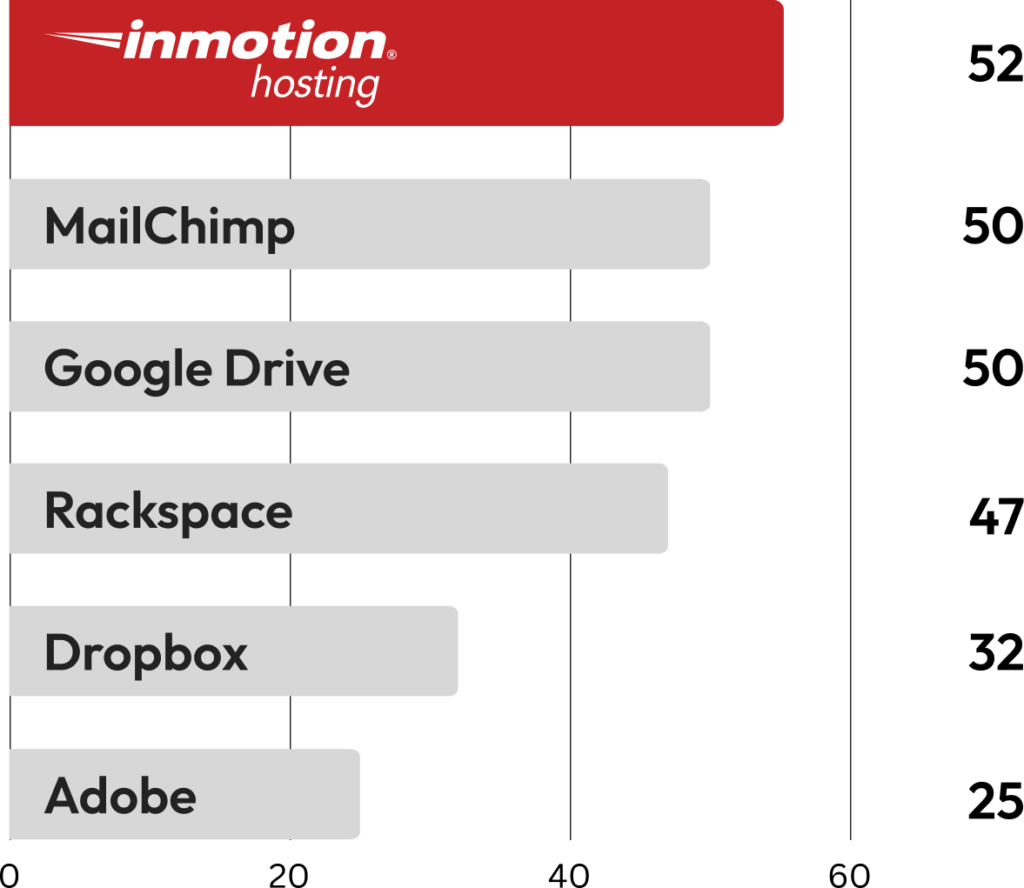
Customer satisfaction and customer service are closely linked. Your customer satisfaction KPIs can tell you a lot about how well your customer services are working and whether your product is doing its job. Similarly, your customer service metrics can reveal a lot about general customer satisfaction.
Here are some of the important ones:
- Complaint Rate: You can measure complaints in several ways, including by subject, by demographic, and the general number of complaints you are receiving. It’s a very good idea to keep a close eye on your complaint metric, as it can give you precise information regarding how to improve both customer satisfaction and services.
- Return Rate (RR): A high return rate generally means that your product is not meeting customer expectations. If a particular product is experiencing a high return rate, it’s unlikely to meet performance KPIs.
- Reviews: The positive-to-negative ratio of your reviews will give you an overall idea of how satisfied your customers are with your products and service. To glean more information, go through reviews in detail and note down anything that jumps out.
- Net Promoter Score® (NPS): This measures customer experience, their overall perception of your brand, and predicts business growth. This metric provides the best anchor for your customer experience management (CEM) program, and complements other metrics and insights from various points along the customer journey.
7. Mobile Commerce (mCommerce) KPIs
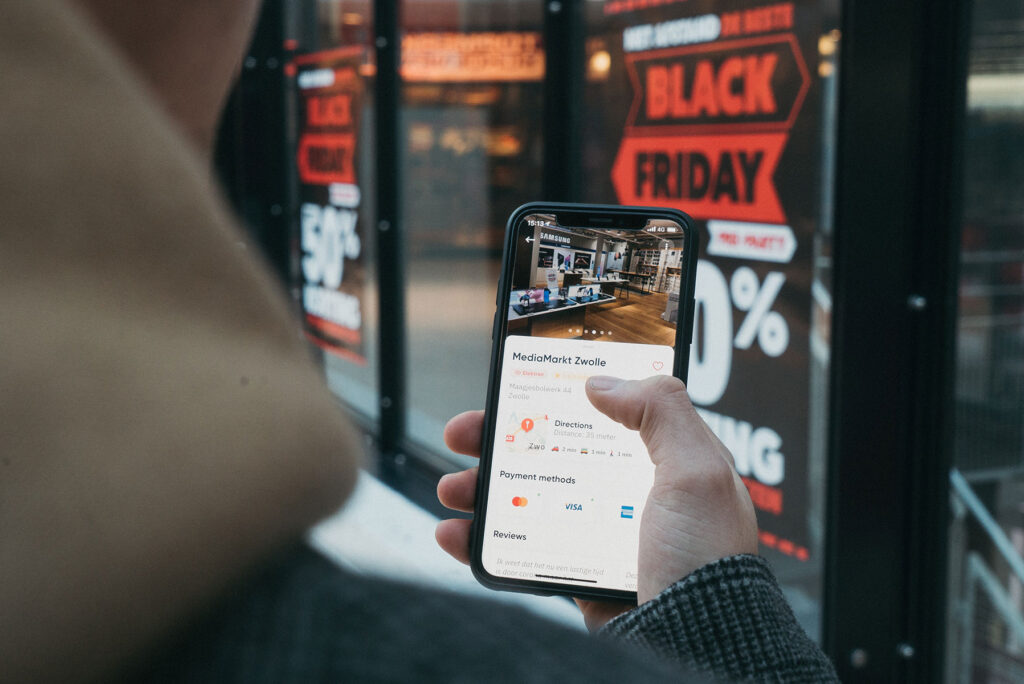
mCommerce is a growing area and very useful for reaching customers directly. mCommerce KPIs will tell you how well optimized your ecommerce store is for mobile, and how effective your mobile marketing efforts are.
mCommerce metrics include:
- Subscriber SMS List: A larger SMS subscription list means that your SMS marketing tactics are working. Monitor your SMS list growth to know how many people are engaging with you via mobile.
- Number of App Downloads: A high app download rate is generally a good thing. Be sure to also look at your app retention rate, as this will show how effective people are finding your mobile app.
- Push Notification Opt-Ins: The number of people who opt into push notifications is a good indicator of the number of people who are actively engaged with your app/website.
Your social media and influencer metrics indicate the success of your social media presence. It’s very easy to make social media mistakes, so it’s important to watch these metrics like a hawk.
Social media metrics include:
- Engagement Rate: This tracks engagement of all kinds, including shares, comments, likes, and so on.
- Reach: This refers to the total number of people who see your social media content.
- Impressions: These are the number of times your content is displayed. It differs from reach in that people may not actually see an impression.
- Click-Through Rate (CTR): Click-Through Rate mostly refers to the number of people who click through your social media ads to your eCommerce website. For social commerce, this can be replaced by social media conversion rate.
9. Sustainability and Social Responsibility KPIs

Sustainability and social responsibility are important on more than an ethical level. Millennials and Gen Z vote with their feet when it comes to these things and tend not to buy from unethical brands.
So, it’s a good idea to keep a close eye on sustainability and social responsibility metrics such as:
- Carbon Footprint: This refers to the amount of carbon burned by your operation, including things like product miles, employee commutes, energy usage, delivery emissions and more.
- Diversity and Inclusion (DAI): Good DAI metrics indicate that you are a fair employer who does not discriminate and takes pains to make sure that your work environment is unprejudiced and representative.
10. Data Analysis and Performance Improvement
All these KPIs and their metrics are useless without data analysis skills. To monitor performance improvement (or lack of it), you need to be constantly analyzing your KPI metrics.
For this reason, set data analysis KPIs. For example, you might set yourself a goal of generating an analytical report once a month. This can be done quite easily with the right eCommerce tools.
If you aren’t trained in data analysis, don’t worry. Most ecommerce platforms and tools have some kind of data analysis capability these days. Play around with your software and see what it can do.
Remember that situations can change very quickly, so stay on top of your data analysis. Monitor your data on a regular (ideally, a constant) basis and scrutinize it whenever something changes.
Conclusion: Use KPIs to Improve eCommerce Performance
KPIs help you to monitor your eCommerce performance closely. By tracking and analyzing eCommerce KPI metrics, you can see where your business strategy is succeeding, and where it could use improvement.
If you want to learn more about KPIs, why not read our blog on important business KPIs you may have missed?



